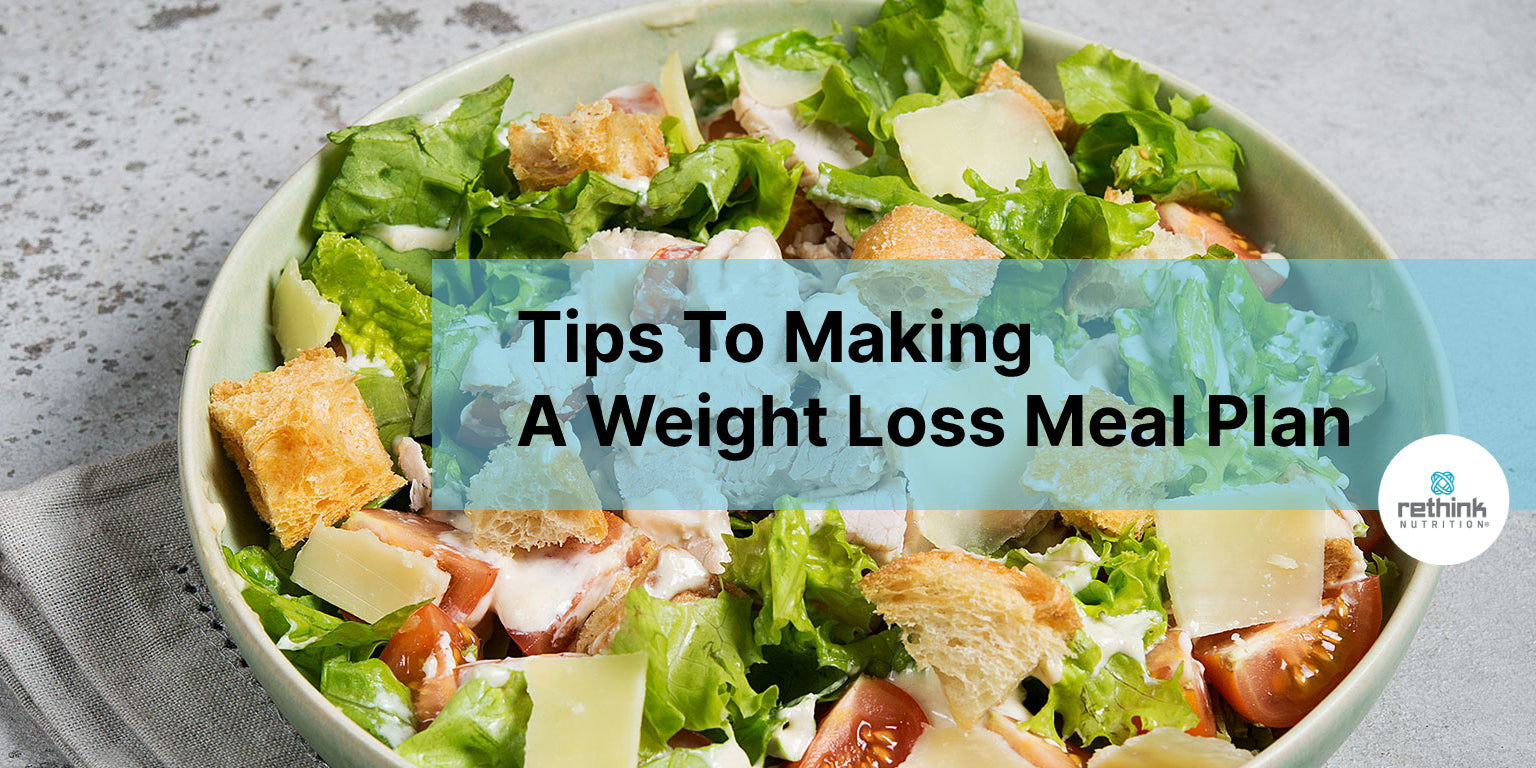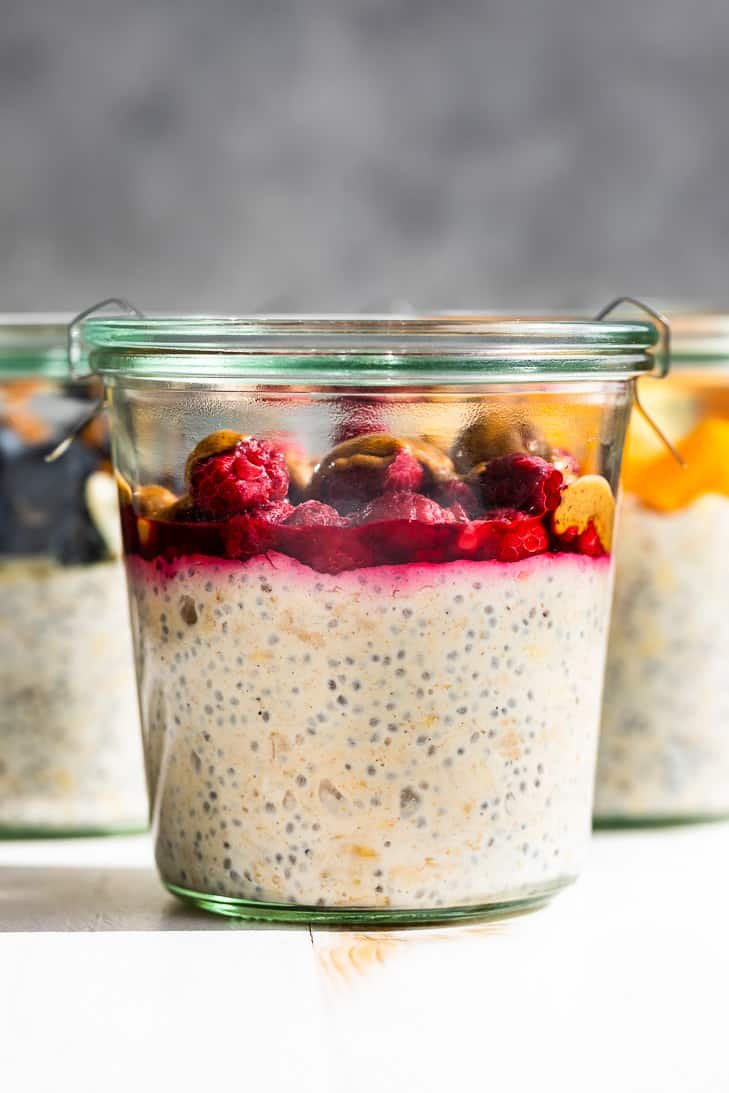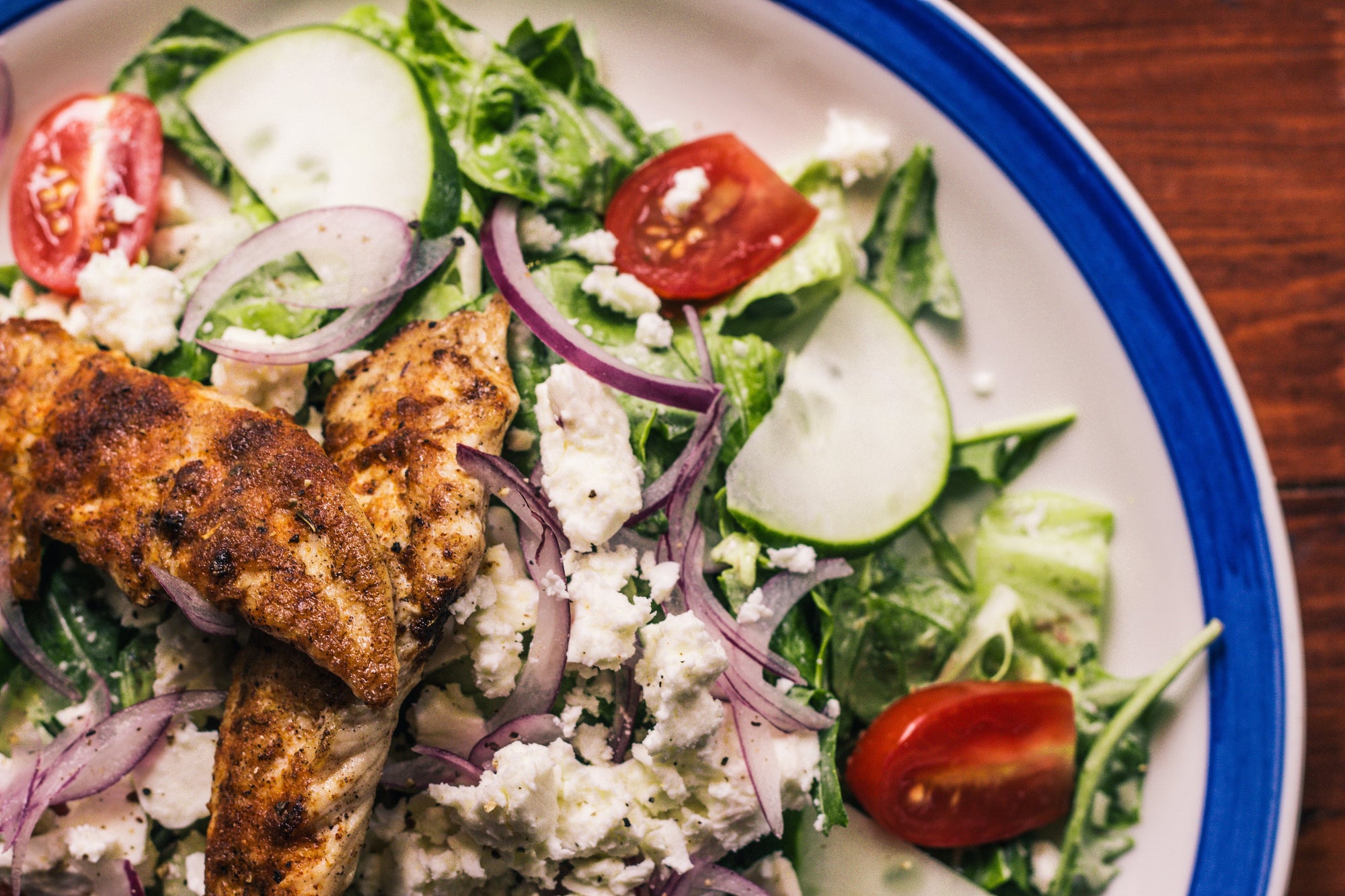Whole foods are essential for weight loss, so if you are not much of a chef or lacks time, this easy meal plan will support you. It places quality ingredients on the dish (think: fruit and vegetables, lean proteins, whole grains, and good fats like almonds and avocado) without having to spend hours in the kitchen throughout the week. But do not assume that this implies that the dishes are bland or low in taste. You will find everything else from curry and stir-fry to enchiladas on this tasty weekly menu.
Know that you would always need to build a calorie loss to reduce weight, so work to decide how many calories you will consume per day and closely monitor your portions to reach your goals.
Understand what food to consume at a meal and snack.

To keep it easy, dissolve and meal or snack into essential elements: protein, fruit, vegetables, leafy greens, starch/grain, protein snacks, and flavor enhancers. Every customized diet plan has its basic framework depending on these units known. It's easy to understand how you're going to eat at a meal.
Know the scale of your meal.

When you understand your meal schedule's simple rundown, the next move is to get acquainted with the portion sizes of and food group. It is among the most significant aspects in maintaining the calories under the balance of the following objects in each category as one element.
Protein: The proteins mentioned below are low in fat and are the protein foods you can choose the best. Higher fat meats and dairy food, for example, would have more calories.
Fruit: Frozen fruits are usually healthier options than canned fruit or fruit drinks since you're having the most significant amount of calories you're consuming. But I have mentioned fruit sections in several ways so that you can select for yourself.
Vegetable: With starchy vegetables (such as corn and peas are starchy), vegetables have the lowest calories per piece of any food. The calories in green vegetables, such as lettuce, are so minimal that you can consume them in any quantity.
Starch: The meal in this category is whole grain. They contain more vitamins, nutrients, and fiber than processed white starches, such as white rice or white bread. Whenever practicable, try to select whole grains.
Protein snacks: Protein treats require small calories and protein than a whole serving of protein. These smaller proteins offer "boosts" throughout the day to help maintain hunger at bay.
Taste enhancers: You can use tiny quantities of fat or sweets to make delicious to your meal. Any of the following products contain 60-75 calories. That's why I restrict them to the diet schedule. While avocado is practically a fruit, much of its calories come from fat, so it is considered a booster of flavor. Likewise, while nuts contain small quantities of protein, most calories in nuts often come from fat, so they put them here.
Make your menus.
Now that you are comfortable with serving sizes for various food types, it's time to bring the meal plans around. Using the simple calorie corresponding point you select, you can now "hook in" food from each of the food groups to build your customized diet plan.
Meal preparation doesn't only place you in a better position to keep true to your healthier eating plans, it will save you lots of time, as you can cook identical recipes in quantities and pre-made products when you have time.
Diets don't function when you run a calorie deficit by storing fewer calories than you use. Many stable adults without chronic illnesses will quickly lose no more than two pounds a week on a regular diet.
Strict adherence to the regular calorie budget for weight reduction is the crux of every good do-it-your-self diet schedule. Your calorie intake is dependent on your age, sex, physical activity, and weekly weight loss targets.




